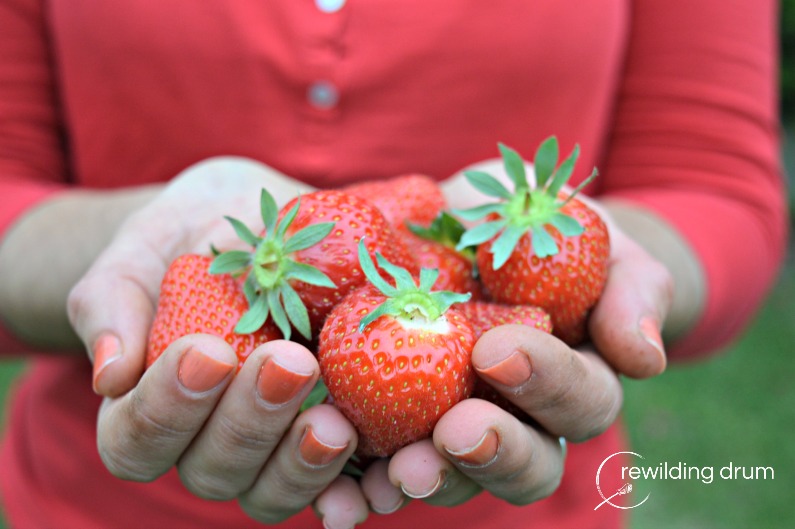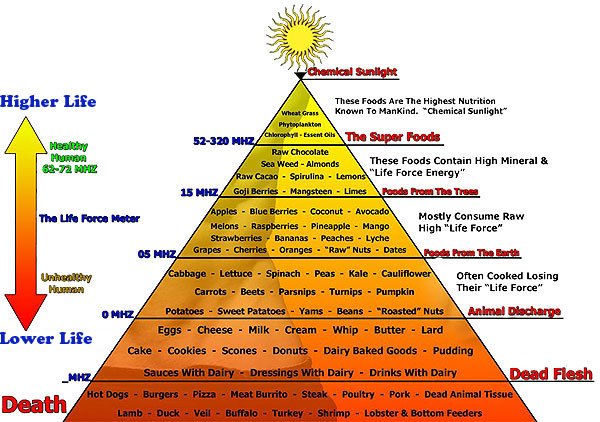“Eat more sunlight”. Oh boy, not again, not another promising ‘sunlight” diet, please!
Good, we got your attention, but don’t be afraid, it’s not what you think. It’s not all about how to get a beach body shape in 4 weeks. On the contrary, it’s about how to feel healthy and vibrant again.
Eating sunlight
I first heard of this concept a decade ago, in the book “Conscious Eating” by Dr Gabriel Cousens. My reaction was the same, I thought it was pretty extravagant and didn’t bother investigating it further. However, my curiosity increased over the years and the more I looked into Cousens approach, the more it made sense to me.
Moreover, the school where I learned about nutrition, also gives utmost importance to what they call “bioenergetic nutrition”. As the saying goes:
“When the student is ready, the teacher appears”.
What is this all about?
We know that we are energy. We see and feel it every day but energy can manifest in many different ways. One of them is sunlight.
Light is essential for life. Light nourishes our planet and the creatures that dwell therein. No light means no life.
Plants are the only organisms capable of absorbing sunlight and transforming it into their own food. It’s about the famous photosynthesis we studied in school, do you remember? Without plants, life on Earth would not be possible and in turn, plants are in the basis of our diet. So far so good?
Today the nutritional value of food is measured by the amount of calories delivered by macronutrients (protein, carbohydrate, fat) and what micronutrients supply (vitamins, minerals, trace elements, enzymes). But little is said about the amount of light that food is capable of storing in the form of electromagnetic frequency. It has been shown that plants store light in their DNA in the form of biophotons, the smallest physical units of light. (See the work of German doctor Dr Fritz-Albert Popp or studies such as this one)
Biophotons, the smallest physical units of light, which are stored in, and used by all biological organisms — including your body. Vital sun energy finds its way into your cells via the food you eat, in the form of these biophotons. They contain important bio-information, which controls complex vital processes in your body. The biophotons have the power to order and regulate, and, in doing so, to elevate the organism — in this case, your physical body — to a higher oscillation or order. Generally, the more sunlight a food is able to store, the more nutritious it is.
The capacity to store biophotons is therefore a measure of the quality of your food.
Biophotons are the smallest physical units of light, which are stored in, and used by all biological organisms – including your body. Vital sun energy finds its way into your cells via the food you eat, in the form of these biophotons.
Light regulates cell function but also other important life processes. Biophotons have an important role because they contain biological and nutritional information required in various vital processes of our body. Any living being emits biophotons. The higher the level of energy emitted by a cell, the greater its vitality and its ability to transmit solar energy in our body. Therefore it states that the more sunlight a food is able to store, the higher the quality and nutritional value it has.
Today there are technological tools to measure the amount of light that a type of food can store. The higher the vibrational frequency they emit, the healthier and recommendable they are. Measuring the vibrational frequency of our body tells us all about our health. In a sick person this frequency is significantly lower than in a healthy person.
How to eat sunlight
Eating more light simply means eating more raw, fresh, wild and or ecological fruits and vegetables, because they are the richest food in biophotons.
The more we get away from that pattern, the less light we take in. The more sunlight energy we are able to absorb and store, the greater our ability to heal and maintain optimal health.
High to low biophotons content are:
- Flowers
- Fruits
- Nuts and seeds
- Green leaves
- Roots, bulbs and tubers
- Grains
- Milk and milk products
- Meat and fish
This is one reason why it is recommended to favour the consumption of fresh fruits and wild and organic whenever possible vegetables.
As you can imagine, 90% of the food sold by supermarkets is devoid of light. Rather than worrying, it is liberating. Don’t waste more time and money looking for “foods” that are worthless on their shelves and get back to the markets, to orchard and fields.
Let us return to our natural state!









Dead flesh seems to imply that it’s cooked. A food being dead or alive depends on if it’s raw or cooked. As long as it’s raw I don’t see why it should be low in biophotons.
Eat your meat and animal foods RAW and it’s one of the most health giving foods.
Raw plants might be high in biophotons, enzymes and some vitamins but they provide little else bioavailable nutrition to humans, thatswhy raw animal foods should be part of an optimal diet.
Thank you so much. It all makes sense, resonates. What are you recommendation for someone in Europe, northern part in Winter?
Also: what thoughts do you have about our bodies then needing more energy to “process” raw (cold) nutrition at this time of the year?